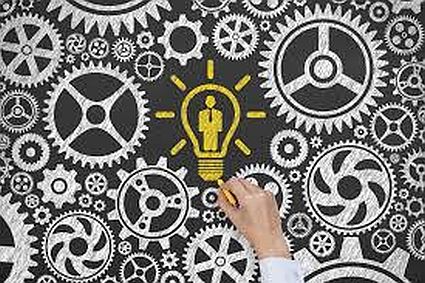Complex B2B change and buying processes are messy—and they are getting messier! It has, always, been messy. For well over a decade, we’ve seen huge amounts of data directly or indirectly demonstrating the impact of the inherent messiness of buying. A few data points:
- Increasing numbers of change and buying projects fail! Whether it’s data Morten Hansen presents in collaboration, the data presented in The Jolt Effect, we see 60-75% of internal change management/buying projects fail.
- When we look at the reasons for failure, part of it is the increasing complexity of the process. We’ve seen the number of people involved in making a buying decision move from about 6.8 to over 20 in about 13 years. And the number of people involved increases the probability they won’t be able to reach consensus and will fail.
- Because they aren’t knowledgeable buyers, we know how much they wander in their process. Change/buying cycles get longer. The process is more difficult, they shift priorities, direction, team members. They start/stop. As linear as sellers pretend the process is, buyers do not buy through logical step by step processes.
- When the do succeed, they have regret. Increasingly, we find buyers expressing regret–it is higher for buying situations where no seller has been involved, but it is increasing in all situations. And the regret has little do to with solution selection, rather it’s about whether they are doing the right thing.
As we look at the things that underlie these struggles, we recognize that buying is an innately “human” process. That is all the fears, uncertainties, doubts. The continual shifting, changing their minds, directions. The difficulty in aligning people with differing priorities, opinions, agendas. And the constant shifting of these, over time, cause people to struggle in making a decision.
We shouldn’t be surprised with this, after all, we see this with any change initiative within our own organizations. We struggle, we wander, we resist, we start/stop, we feel uncertainty, risk, on and on….
Soon we realize buying is inefficient because human relationships are messy and remarkably inefficient.
Whenever we get two or more people together, interacting in the process of getting things done, sharing ideas or views, things are messy. We don’t act logically, we have emotions. We shift and change. We see things differently, or make up what we want to see. We make mistakes.
As we look at buying being a remarkably human exercise, and because each complex buying experience is different–even within the same organization, it will never become efficient. It will never become a well oiled, logical, predictable set of activities buyers conduct to reach a logical conclusions.
Yet, sellers continue to design customer engagement strategies with the primary goal of efficiency. For sellers, efficiency can be important. We sell the same products to similar groups of customers. We build experience based on 100s and 1000s of interactions, then try to maximize our own efficiency based on those interactions. All while continuing to forget–or ignore–that just because we have been through the experience 1000s of times, the customers we work with may be dealing with this for the very first time.
All our interactions, all the things we expect buyers to be doing in the “logical” pursuit of a decision are geared to efficiency.
Yet buying efficiency is meaningless to the buyer, because this is one of the very few times they may make this type of buying decision.
The giant disconnect, the giant misunderstanding we have of buyers and buying is that we design for efficiency of the interaction. Yet the only thing they care about is the effectiveness of the decision they make.
What would happen if we started paying attention to buyer effectiveness? What if we started recognizing that human beings interacting with each other are remarkably inefficient?
Would we and our customers achieve more, if we understood the messiness inherent in human beings. What if we recognized that messiness is an integral part of any customer change or buying process? What if we started working on effectiveness of these messy work efforts?
Imagine what we could produce.

Leave a Reply